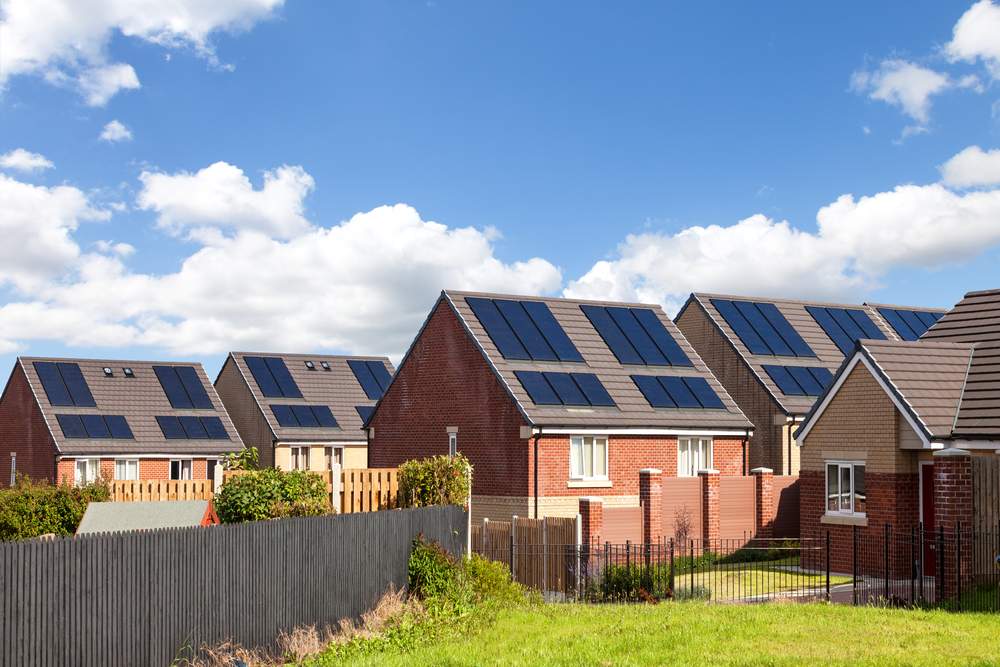The UK government has long been a supporter of renewable energy sources, and solar energy is no exception. In 2023, the government is offering a range of incentives to encourage more people to switch to solar power. These include a reduction in Value Added Tax (VAT) on solar installations, as well as the introduction of the Smart Export Guarantee (SEG).
Solar Energy Reduces Your Carbon Footprint
One of the main benefits of solar energy is that it helps to reduce your carbon footprint. Solar energy is a renewable source of energy, meaning that it doesn’t produce any of the harmful emissions that are associated with fossil fuels. This means that by switching to solar energy, you can reduce your energy bills and do your bit to protect the environment.
In addition to this, solar energy also helps to reduce your reliance on the national grid. This is because solar energy can be generated and used without having to rely on energy from the grid. This means that you can be more independent and reduce your energy bills at the same time.
VAT Reduction
In April 2021, the UK government announced that it would reduce the rate of VAT on solar installations from 20% to 5%. This means that anyone who installs a solar system in their home or business will be able to save money on their installation costs. The reduced rate applies to both domestic and commercial installations, so everyone can benefit from this incentive.
The reduced rate of VAT applies to all components of a solar system, including panels, inverters, batteries and mounting systems. It also applies to any associated labour costs for installation or maintenance. This means that you can save money on your initial installation costs as well as any ongoing maintenance costs.
Smart Export Guarantee (SEG)
The Smart Export Guarantee (SEG) is another incentive offered by the UK government in 2023. The SEG is designed to encourage more people to switch to renewable energy sources by providing financial support for those who generate their own electricity through solar panels or other renewable sources.
Under the SEG scheme, anyone who generates their own electricity through renewable sources will be paid for any excess electricity they export back into the grid. This payment is known as an ‘export tariff’ and it is calculated based on how much electricity you generate and export back into the grid each month. The amount you receive will depend on your energy supplier but it could be up to 5p per kWh exported back into the grid.
This means that if you generate more electricity than you use each month then you could receive payments from your energy supplier for any excess electricity that you export back into the grid. This could help offset some of your energy bills each month and make switching to renewable energy sources even more attractive financially.
The UK government has put together an impressive package of incentives for those looking at switching over their homes or businesses from traditional forms of energy production such as fossil fuels towards renewable sources such as solar power generation systems in 2023. These include reductions in Value Added Tax (VAT) rates on installations, as well as payments via the Smart Export Guarantee (SEG) scheme for any excess electricity generated and exported back into the grid each month. All these incentives combined make switching over from traditional forms of energy production towards renewable ones even more attractive financially than ever before!

As the editor of the blog, She curate insightful content that sparks curiosity and fosters learning. With a passion for storytelling and a keen eye for detail, she strive to bring diverse perspectives and engaging narratives to readers, ensuring every piece informs, inspires, and enriches.










